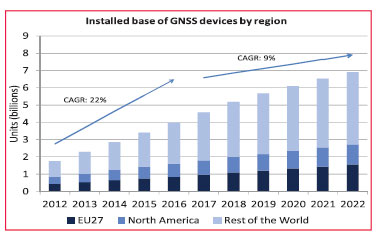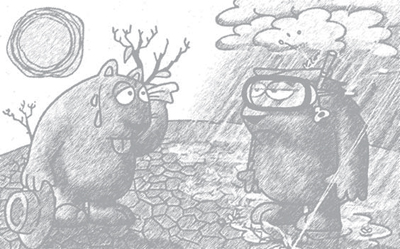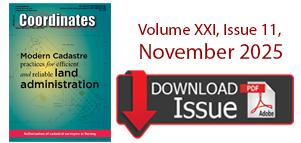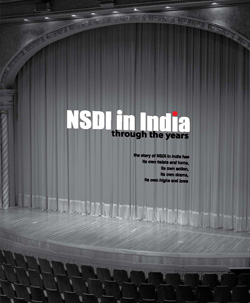Articles in the Articles Category

Bhuvan (www.bhuvan.nrsc.gov.in), a unique geoportal of NRSC that provide diversified geospatial services, is gaining popularity day by day and is much appreciated for its dynamic services. Initiated in 2009, Bhuvan has grown up rapidly and has made its impact on Indian user community. Expanding it’s state-ofart facilities and a datacentre at Hyderabad, Bhuvan is now extending geographically with its distributed architecture.

China has invested enormous effort in manned space engineering. The Tiangong-1 and Shenzhou-8 have been launched, twice rendezvouses have been accomplished successfully. In order to meet the requirements of the manned space engineering on the TT&C network, and prepare for our country’s space station construction

















 (5.00 out of 5)
(5.00 out of 5)